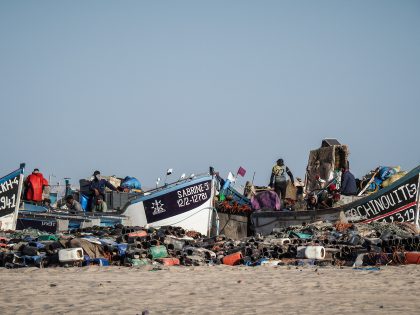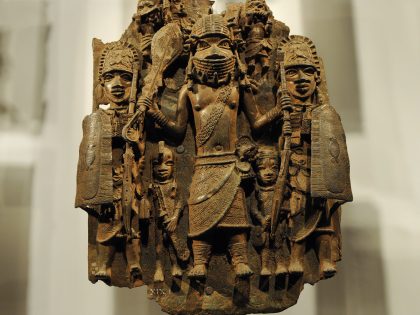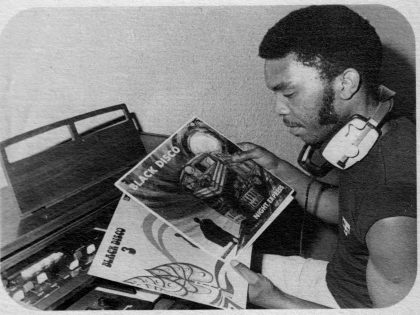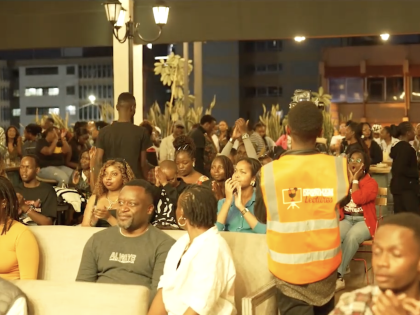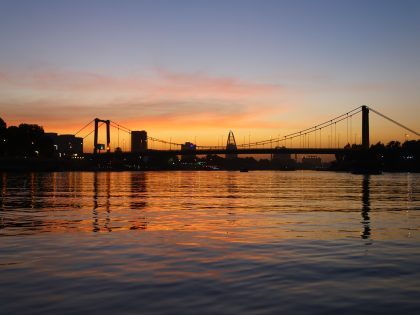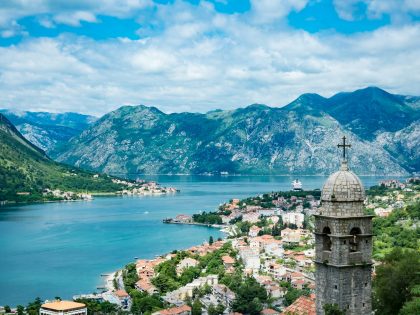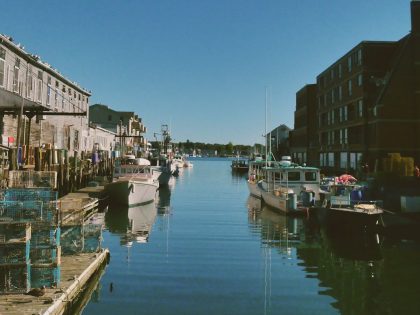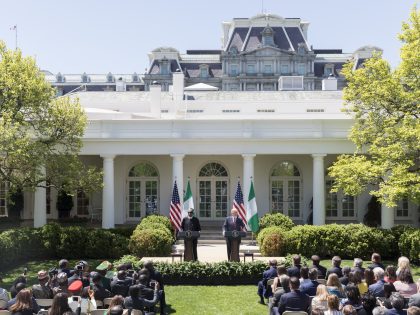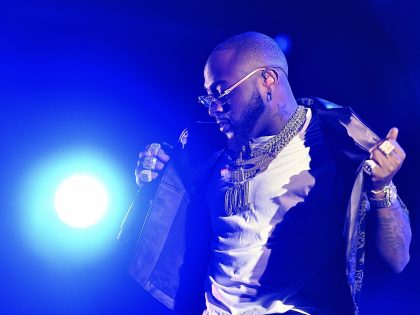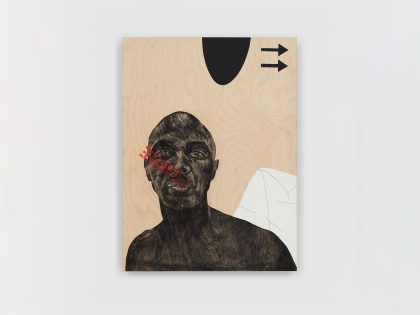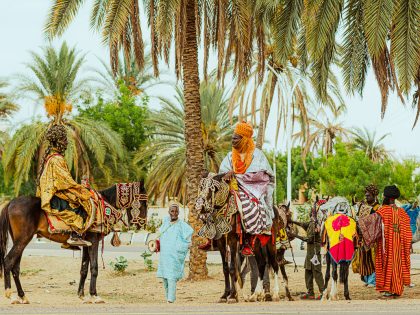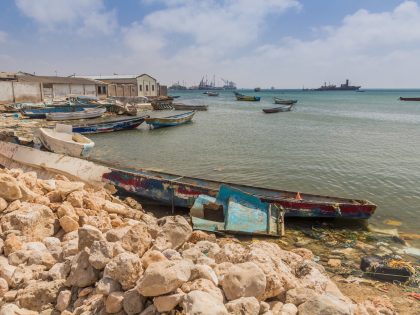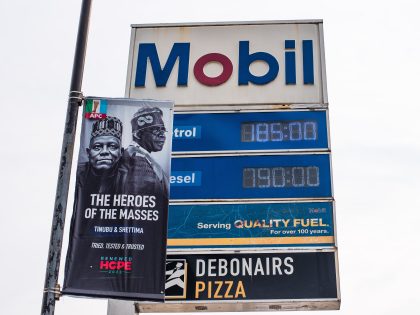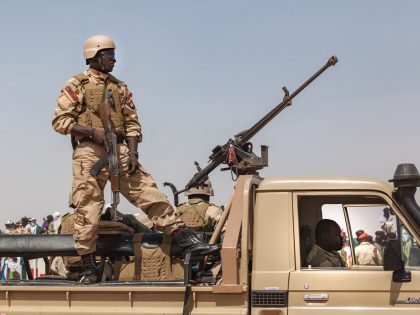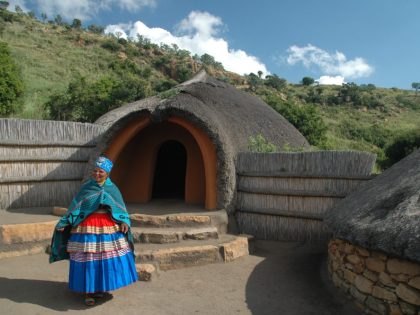Apartheid was a White Party on Steroids
Annie Liebovitz's insights of South Africa under apartheid was quite ordinary: basically she sound like every other white visitor.

Monument to J. G. Strijdom, late prime minister of South Africa, in Pretoria. 1982. By David Goldblatt.
I was at a friend’s house, paging through the book, “Annie Liebovitz at Work,” in which the photographer recounts details of famous shoots. I was struck by this passage of a visit Liebovitz took to Apartheid South Africa in 1975 to photograph Arnold Schwarzenegger, in the country to compete for Mr Olympia.
The way Liebovitz is telling it Apartheid sounds like an inconvenience and merely about bathrooms.
And it was one big white party:
‘… I first worked with Arnold Schwarzenegger in 1975, when he was competing in the Mr. Olympia bodybuilding contest in South Africa. Arnold was 28. He’d already been Mr. Olympia five times and he was about to retire from bodybuilding. He wanted to get into films. The 1975 Mr. Olympia contest was the basis for George Butler’s documentary “Pumping Iron,” the movie that popularized bodybuilding and introduced Arnold to a wider audience. Butler was a friend of Jann Wenner’s. I don’t remember exactly, but I assume that my trip to South Africa was what is now known as a press junket. I can’t imagine that Rolling Stone would have paid for it. I do remember that Butler was always filming when I was trying to work.
‘Arnold is the center of “Pumping Iron” in every way. In terms of the narrative of the preparation for the contest, he is the guy everybody else has to beat, which they pretty much know they can’t. As a character, he is aggressively, if charmingly, self-confident. Witty. Intelligent. Full of himself. He somehow makes what is a rather freakish scene seem almost normal, although it never seemed normal to me. Steroids were legal then … It didn’t help that we were in South Africa, which still had apartheid. There were separate bathrooms for blacks and whites. It was an uncomfortable situation.’
